

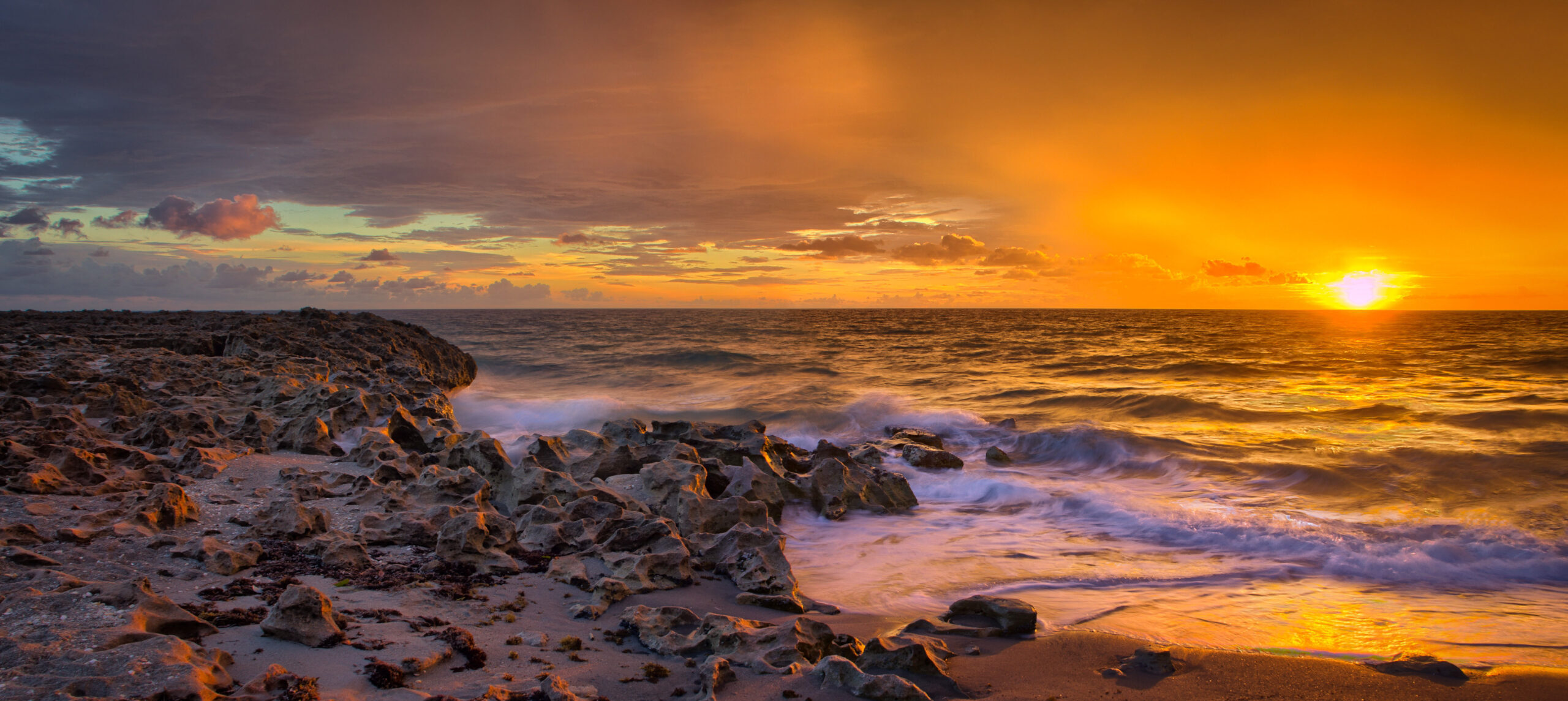
Looking for a fun way to celebrate Earth Month and to make a difference? Leave No Trace is hosting the #LeaveNotTrash Challenge as part of the annual #LeaveNoTrash Campaign. This campaign is a global movement inspiring everyone around the world to get out and clean up trash in the outdoor areas they love.
Sign up today and you can win fun give-a-ways and help the natural areas you love!

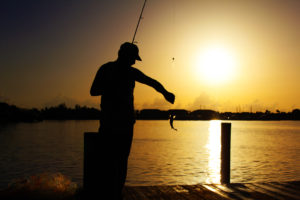
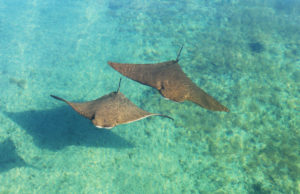
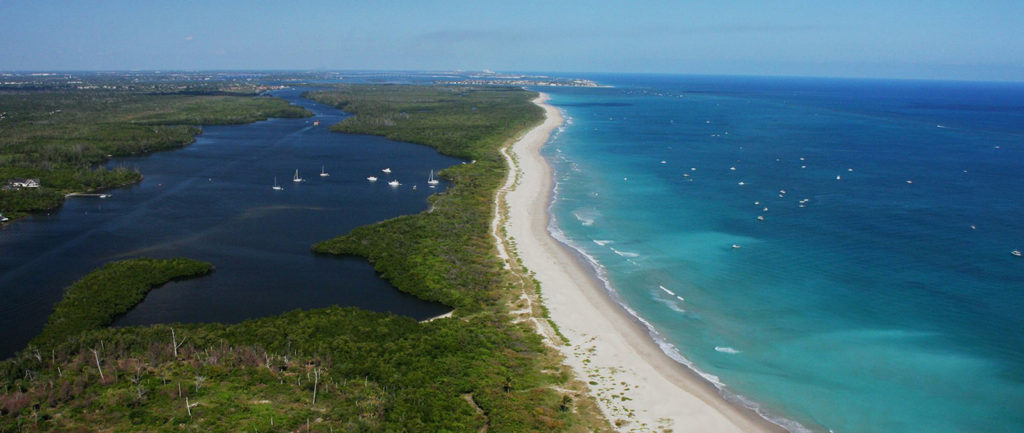
When exploring Martin County’s incredible natural environment, it is important to know how to minimize your impacts on those resources. That is why we have partnered with Leave No Trace.
Learn more about the 7 Leave No Trace Principles so that all can enjoy our nature for years to come.
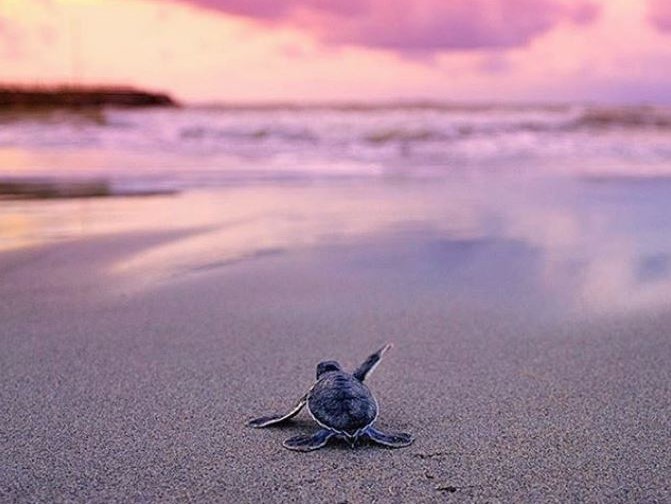
Click below to learn about local preserves, outfitters, and guided activities to help you Explore Natural Martin.